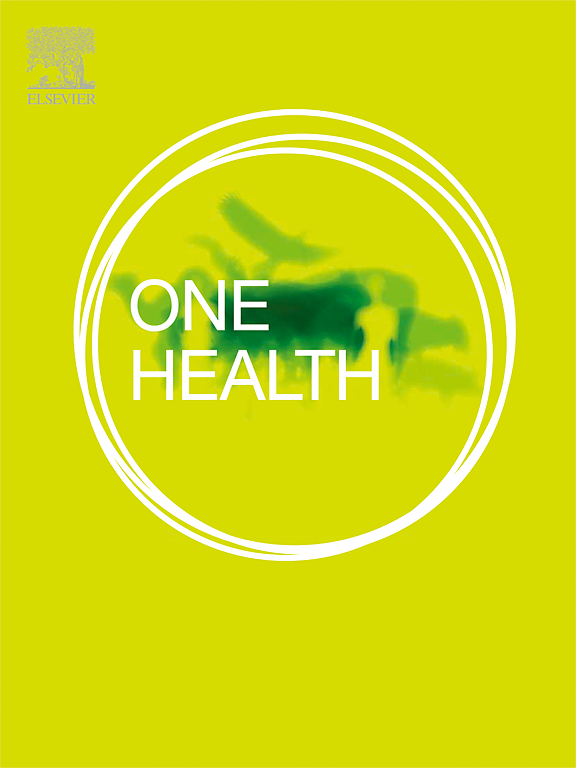Assessing the impact of biosecurity compliance on farmworker and livestock health within a one health modeling framework
IF 4.1
2区 医学
Q1 INFECTIOUS DISEASES
引用次数: 0
Abstract
Biosecurity compliance refers to adherence to protocols aimed at preventing infectious disease outbreaks and controlling antimicrobial resistance (AMR) across human, animal, and environmental interfaces. While many models focus solely on animal health, this study develops a One Health modeling framework to assess the impact of different compliance levels on both animal and farmworker health. The model integrates Ordinary Differential Equations (ODE) for pathogen transmission in animals and the environment with Stochastic Differential Equations (SDE) for disease spread among farmworkers. The next-generation matrix approach estimates the basic reproduction number specific to each pathogen strain , identifying thresholds for outbreaks or elimination of infection. Using literature-derived data on Salmonella transmission dynamics, the model is validated, and key parameters values are estimated. Using the calibrated model, we examine infection transmission in dairy cattle and zoonotic spillover to farmworkers with a focus on five key biosecurity measures: (1) animal movement control and quarantine, (2) disease monitoring and reporting, (3) hygiene and disinfection, (4) feeding and watering practices, and (5) antimicrobial stewardship. Simulations reveal that compliance with biosecurity measures that reduce host-to-host transmission in the animal population has the highest impact on the reduction of infection both in animal and farmworker populations. Further ODE-SDE model analysis indicates that full compliance with the other biosecurity measures is insufficient to prevent outbreaks in a dairy farm. These results are consistent with the local and global sensitivity analyses of the model. The One Health modeling framework developed in this study can also be applied to other zoonotic diseases as a guiding tool for decision making and optimal resource allocation to reduce the likelihood of spillover.
求助全文
约1分钟内获得全文
求助全文
来源期刊

One Health
Medicine-Infectious Diseases
CiteScore
8.10
自引率
4.00%
发文量
95
审稿时长
18 weeks
期刊介绍:
One Health - a Gold Open Access journal.
The mission of One Health is to provide a platform for rapid communication of high quality scientific knowledge on inter- and intra-species pathogen transmission, bringing together leading experts in virology, bacteriology, parasitology, mycology, vectors and vector-borne diseases, tropical health, veterinary sciences, pathology, immunology, food safety, mathematical modelling, epidemiology, public health research and emergency preparedness. As a Gold Open Access journal, a fee is payable on acceptance of the paper. Please see the Guide for Authors for more information.
Submissions to the following categories are welcome:
Virology,
Bacteriology,
Parasitology,
Mycology,
Vectors and vector-borne diseases,
Co-infections and co-morbidities,
Disease spatial surveillance,
Modelling,
Tropical Health,
Discovery,
Ecosystem Health,
Public Health.
 求助内容:
求助内容: 应助结果提醒方式:
应助结果提醒方式:


